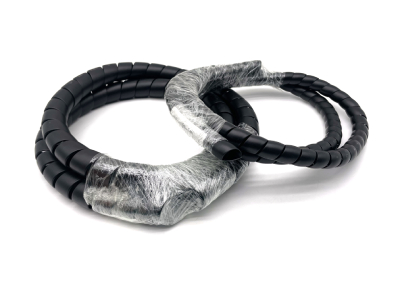r134a adapter fittings
Understanding R134A Adapter Fittings Essential Components for HVAC Systems
R134A, a refrigerant commonly used in automotive air conditioning systems, requires appropriate fittings and adapters to ensure efficient and effective operation. The significance of R134A adapter fittings cannot be overstated; they play a crucial role in the installation, servicing, and maintenance of refrigeration and air conditioning systems.
Understanding R134A Adapter Fittings Essential Components for HVAC Systems
There are several types of adapter fittings used with R134A systems. The most common types include straight couplings, elbows, and reducing fittings. Straight couplings connect two pipes or hoses of the same diameter, while elbows can redirect the flow in a different direction. Reducing fittings allow for the connection of hoses or tubes of varying diameters—critical when integrating older equipment with newer R134A systems.
r134a adapter fittings

When working with R134A, it's important to pay attention to the fitting’s material as well. Many fittings are made from brass or aluminum, both of which provide durability and resistance to corrosion. Selecting high-quality materials is vital to ensure the longevity of the system and minimize the risk of refrigerant leakage.
Proper installation and maintenance of R134A adapter fittings are equally important. Regular inspection for wear and tear can prevent failures that may lead to costly repairs or even dangerous leaks. Technicians should always follow manufacturer guidelines and use the correct torque specifications during installation to guarantee a secure connection.
In conclusion, R134A adapter fittings are essential components in the HVAC industry. By understanding their purpose, types, and the importance of quality materials, technicians can enhance the reliability and efficiency of refrigeration systems. Whether for automotive applications or commercial refrigeration, ensuring correct installation and maintenance of these fittings is crucial for optimal performance and safety. Staying informed about advancements in fitting technology can further aid professionals in their work, ultimately leading to better service for customers and a more sustainable approach to refrigeration.
-
Ultimate Spiral Protection for Hoses & CablesNewsJun.26,2025
-
The Ultimate Quick-Connect Solutions for Every NeedNewsJun.26,2025
-
SAE J1401 Brake Hose: Reliable Choice for Safe BrakingNewsJun.26,2025
-
Reliable J2064 A/C Hoses for Real-World Cooling NeedsNewsJun.26,2025
-
Heavy-Duty Sewer Jetting Hoses Built to LastNewsJun.26,2025
-
Fix Power Steering Tube Leaks Fast – Durable & Affordable SolutionNewsJun.26,2025

